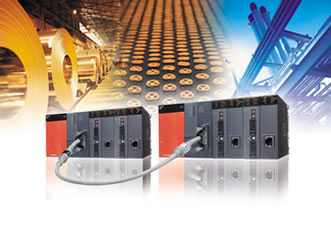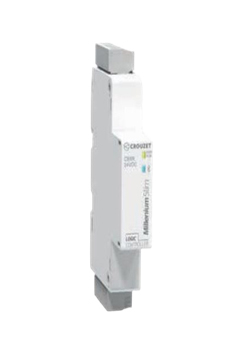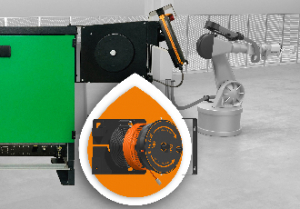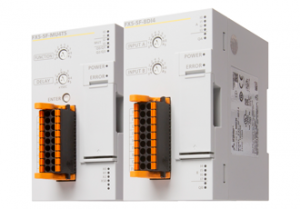PLC specification and its five golden rules

Selecting the correct controller for your application can be difficult, as there are so many choices and configurations available. Mitsubishi Electric Product Manager, Hugh Tasker here gives his five golden rules for PLC specification.
From modular PLCs that evolved from the room-filling computer racks of old - to micro PLCs that now occupy the same space as original relay replacement bricks and everything in between, there is much for the system designer to ponder when it comes to specifying a PLC system. Add to the equation such alternatives as C-based controllers or a combined PLC/HMI and the choice obviously wide ranging.
Get it wrong, and you could end up either with a system that is under-specified – compromising system performance in the short term and needing a costly upgrade in the longer term – or over-specified and so ending up with endless unused features and more cost than the project really justified.
By bearing in mind five golden rules for PLC specification, we can ensure that we get the right controller every time, tailored to meet the exact requirements of the application and so delivering the maximum return on investment.
Rule 1 – System size:
The start point in specifying any controller is to assess the I/O requirements. So-called micro PLCs can offer astonishing performance in lower I/O count systems but hardware, memory or other constraints mean that 300 I/O really does represent the upper limit of their capability. At the other extreme, large modular PLCs are capable of handling tens of thousands of I/O.
Between these two extremes sits the compact modular PLC, a recent development that offers combinations of I/O counts and function sets that can be tailored to the application. Combining familiar programming with numerous advanced options, for many mid-range applications they will offer users the ideal solution.
Rule 2 – Functionality and flexibility:
Hardware cost has given way to programming time as the most significant cost in system development. The ability to develop highly functional systems in the minimum time demands a high level of flexibility within both the hardware and the software. Using a PLC that comes with a programming environment that is very fast to program and therefore reduces engineering development time, can justify buying a quality brand even when price is crucial.
System designers are well advised to look for combinations where they can move seamlessly between different programming languages – either within a single project, or from one project to the next – and where the programming tools will allow them to design and pre-commission a project before going to site, saving costly commissioning time. Further, the best PLC programming tools also include powerful pre-written function blocks, further saving significant development time.
Rule 3 – Performance:
The next question to address is the performance capability of the PLC in relation to the application. A packaging machine, for example, will almost always require a high-speed processor, frequently with motion control and connectivity options. However, don’t dismiss the performance requirements of something like a temperature control process; it might well be that this will require the ability to control or monitor numerous analogue I/O and perhaps have maths and PID control as part of its instruction set.
The best modern PLCs can work at sub-nano second speed per instruction, calling into question the need for PC-based controllers which would previously have been regarded as the benchmark for high-speed applications.
Rule 4 – Connectivity:
Historically many PLC systems were set up as standalone systems and this may still be appropriate, perhaps for reasons of cost or security. Now even the smallest systems can benefit from improved connectivity: remote access can ease maintenance and provide monitoring flexibility, while the ability to gather data from the system can help users to maximise efficiencies and reduce downtime. It is prudent, then, to properly assess connectivity requirements.
Today, even compact PLCs can deliver maximum flexibility by offering connectivity to the widest number of network protocols – both open and proprietary.
Rule 5 – Security:
Cyber security has become one of today’s key concerns. Connecting PLC systems to the web is an important feature for monitoring or even control purposes but exposes these systems to potential cyber-attack. At the same time, there has been a notable rise in instances of PLC code – intellectual property – being cloned for unauthorised reuse.
So question your PLC suppliers on how robust their security is, both within the programming tools and within the PLC itself.
Following these five golden rules, system designers will be able to avoid the major pitfalls in configuring PLC systems, enabling them to specify controllers that will meet all of the application requirements, perhaps with room for ongoing evolution but without the costs of over-specification.
Similar articles
More from Mitsubishi
- Want a robot but don’t know where to start? 11th June 2021
- A pizza challenge for Control Freaks 22nd April 2021
- Competitive factories need to leverage the power of data 15th April 2021
- Combining user-friendliness with high performance 16th March 2021












Write a comment
No comments